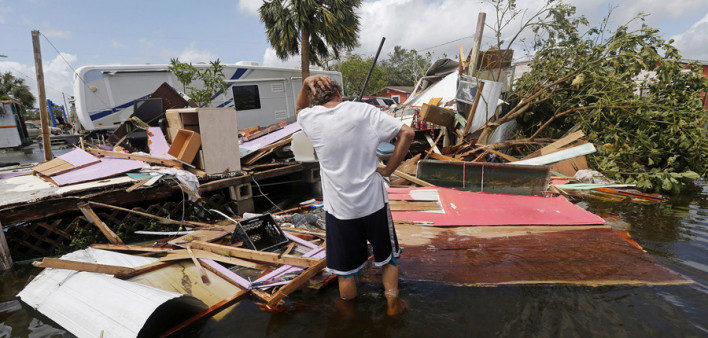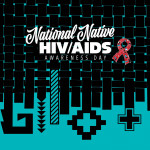(Trigger warning: The first paragraph of this post may be difficult to read for those who have experienced natural disasters.)
The skies darken, the wind reaches fever pitch, and rain pounds everything in sight. It lasts for hours, sometimes days. And those lucky enough to survive emerge to landscapes and lives that have changed forever. Cars and homes are destroyed. Furniture and toys are waterlogged. Neighborhoods are partially or completely unrecognizable. Without electricity, food and prescriptions are ruined. Medical records are lost. Doctors’ offices that provide vital, life-sustaining services are closed. Social workers, peer navigators, and linkage-to-care specialists cannot help their clients due to downed power lines, flooded streets, or halted mass transit.
As demonstrated by innumerable hurricanes, these storms can bring devastation to everyone in their path. This is particularly true of people living with HIV and the organizations that serve them. While the location(s) where hurricanes will strike can often be predicted days in advance, it is difficult, if not impossible, to make last-minute plans for tornadoes, fires, floods, tsunamis, terrorist attacks, and other crises. The destruction and chaos that can be wreaked by these events highlight the critical need to be prepared in advance.
After hurricanes Harvey, Irma, and María in 2017, many nonprofit organizations in Puerto Rico and on the US mainland put together new plans or strengthened existing ones for anticipating and responding to disasters. Such documents can include everything from staff responsibilities and risk assessment guidelines to concrete operational plans during emergencies and how to respond after disaster strikes. These plans are critical to have worked through, written out, and introduced to staff in advance as they can significantly ease the planning for and response after devastation.
Disaster Preparation and Response Plans
Migrant Health Center and Puerto Rico CoNCRA, both located in Puerto Rico, as well as CrescentCare in New Orleans, have authorized AIDS United to share their associated disaster preparation and response plans. Organizations in areas that are vulnerable to disasters may find these useful as models for creating or strengthening their own disaster planning. Those documents can be found here.
Tools for Coordinating HIV Services Following a Natural Disaster
Another potentially useful, related resource is the webinar Using Online Tools to Coordinate HIV Services Following a Natural Disaster (the video is posted above). The webinar features two of AIDS United’s HIV Hurricane Relief grantees discussing their experience using Slack, a free online project management system, to coordinate with organizations in their community after Hurricane Irma. Slack and tools like it can be used to coordinate services before, during, and after a disaster. As discussed on the webinar in greater detail, such project management software can facilitate cross-organizational provision of services to clients in a local area.
Online tools and established plans can smooth disaster preparation and recovery for people living with HIV and those who serve them. Having an idea of how to plan and respond before a crisis can be especially beneficial for those segments of our community who are less likely to have external resources: people of color, cisgender women and transgender people, immigrants, people who use drugs or engage in sex work, working class or economically exploited folks, those living with disabilities, youth and elders, and people at the intersections of those and other marginalized identities. When clients’ needs are taken into account and their voices are heard, disaster preparedness can be social justice in action.








Comments
Comments